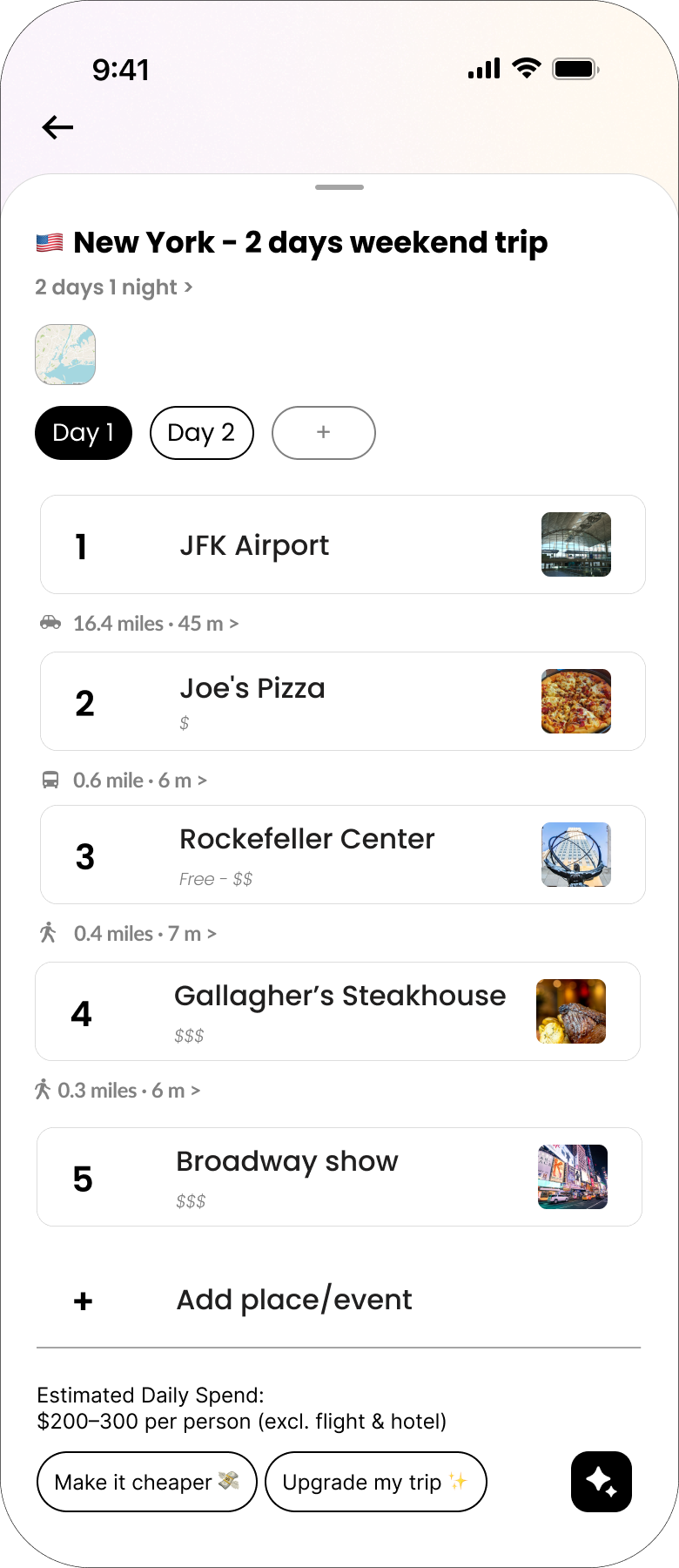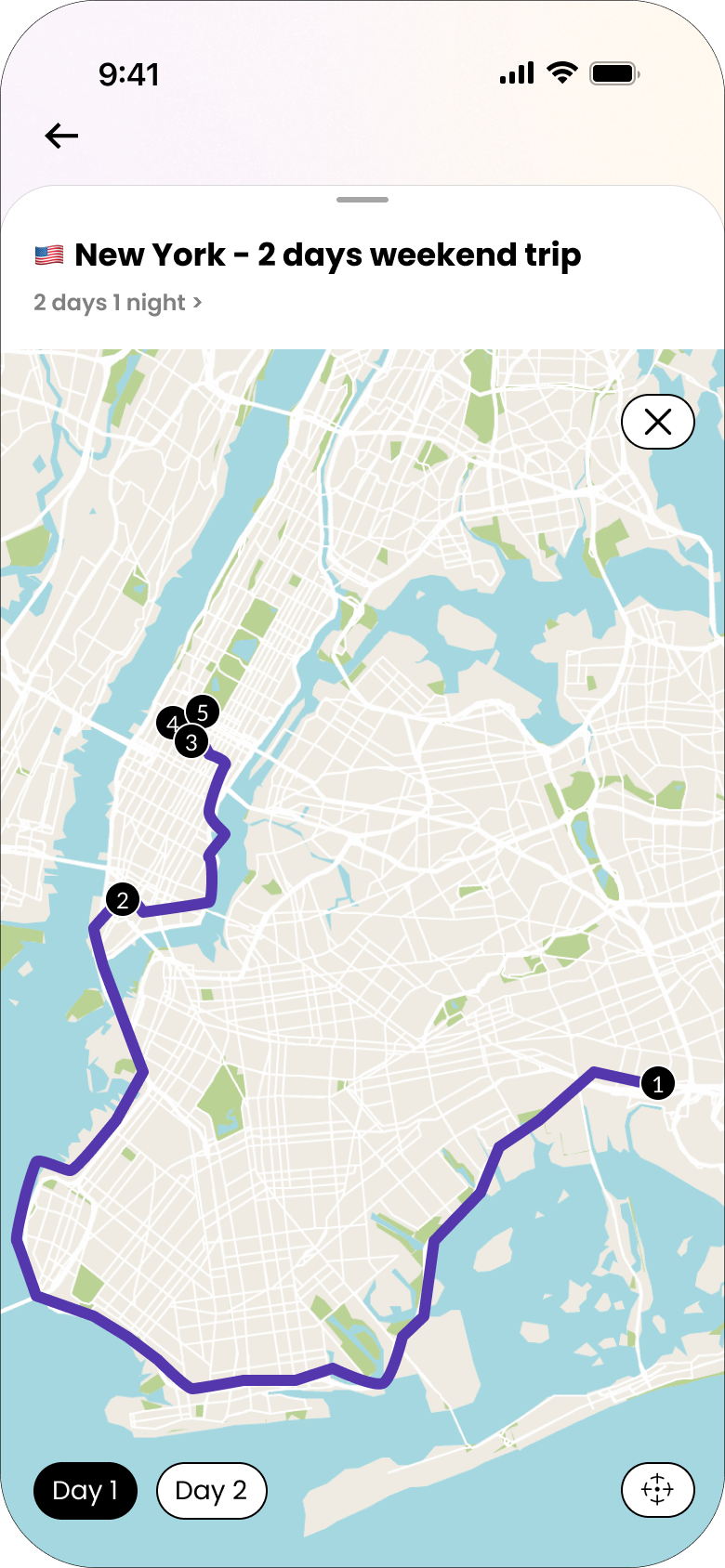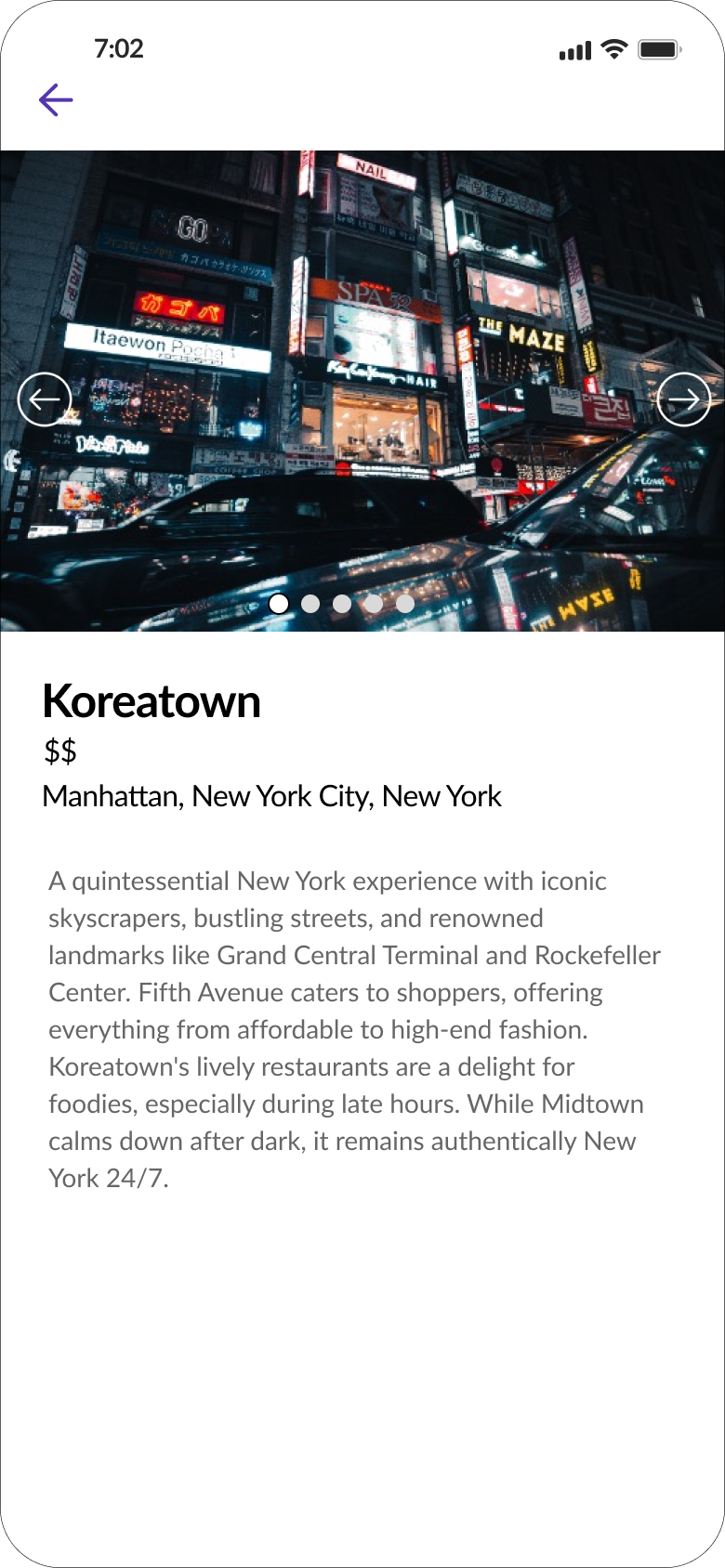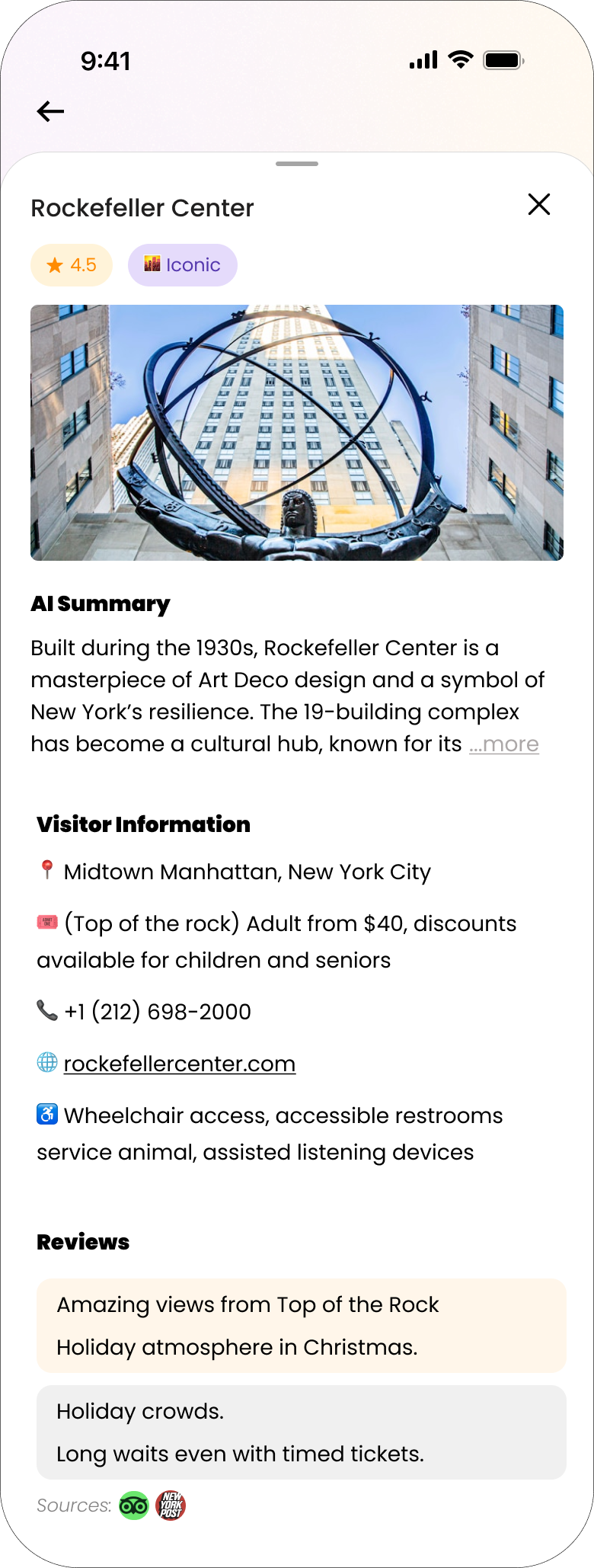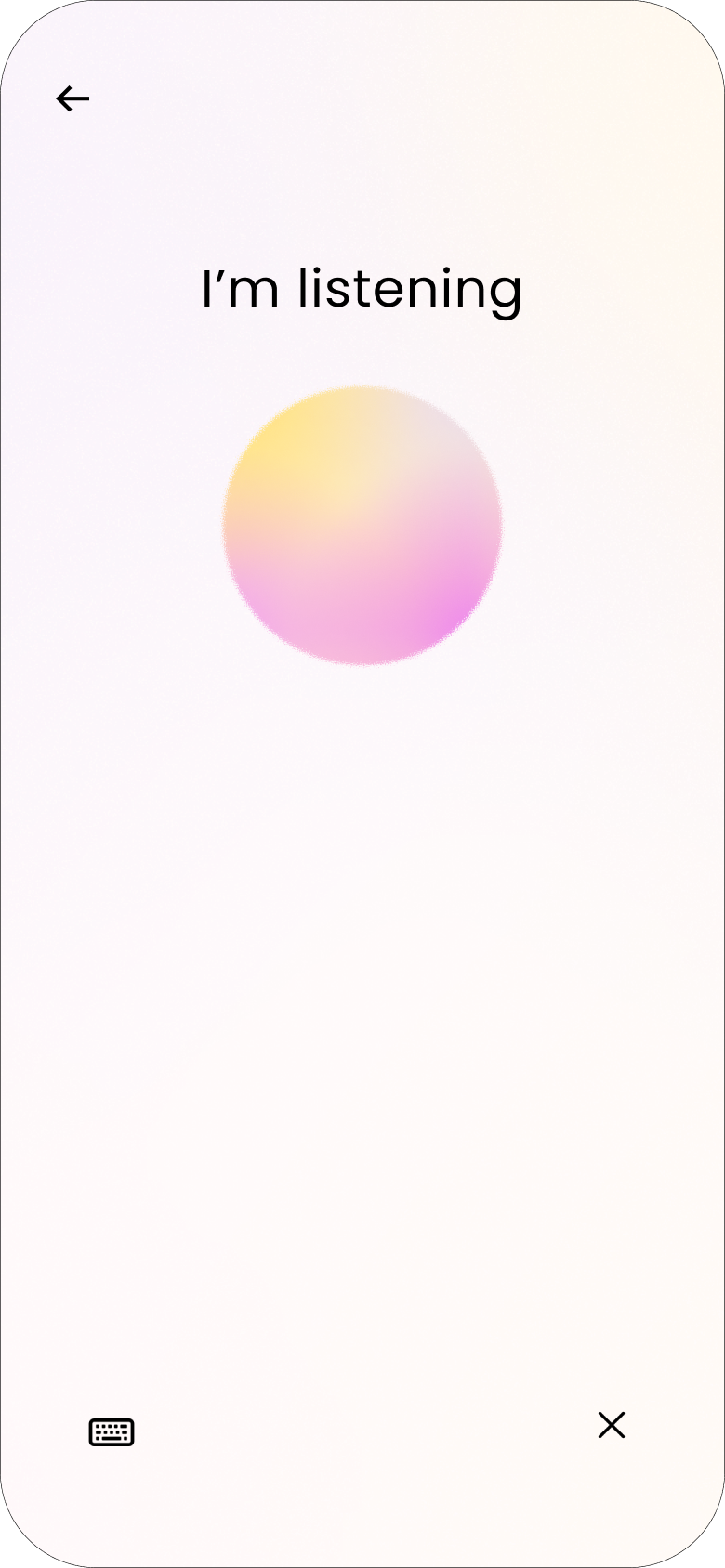AI-Powered E-C Text Generation

🔎 Overview
I designed and built an AI (Beta) generation feature that helps SHOPLINE merchants create high-quality content more effectively. When the product team approached me to explore the potential of using AI for automated content generation, I recognized both an exciting opportunity and a significant challenge. Integrating AI into existing workflows had to be done thoughtfully to avoid disrupting the user experience.
To align on objectives, I collaborated closely with PMs, developers, and senior designers to clarify the project goals. Together, we set clear priorities: enhance content quality, increase user engagement, and improve efficiency while maintaining a seamless experience.
💻 Role
UX Designer
👥 Team
PM, developers, senior UX designer and myself
🕒 Duration
2 - 3 mons
🔑 Keywords
E - Commerce, SaaS, B2B, Generative AI
🎨 Design
Automated - From Manual to Efficient
Reducing time waste
Consistent Brand Expression
Customized language and tone for consistent brand voice
Fast Fixe- Revitalize and Refine
Regenerating content for a better result
📝 Process
Key insights from current user's journey
User journey map

Through collaboration with the researchers and marketing teams, I gained a better understanding of their pain points during content creation and research processes.
Time Inefficiency
The manual process consumed hours daily.
Inconsistency
The quality of descriptions varied, impacting overall sales.
Lack of expertise
Not all merchants had strong writing skills, leading to underperforming product listings.
3 most frequently used scenarios
Analysis case study + Ideation
Scenario
Usage Frequency
Best-Selling Product Descriptions
High
Sale Promotions
High
New Product Announcements
High
Email Subscriptions Campaigns
Medium
About Us/Branding Content
Medium
Quick prompt suggestions for the most frequently used scenarios
I realized that to address the speed vs. quality problem, I needed to help users create content more efficiently and effectively. I then transformed these scenarios into "quick suggestions" for faster idea generation.
Brand consistency through language and style controls
I solved brand voice inconsistencies by adding customizable tone and language settings, helping merchants adapt to local and culturally relevant audiences.

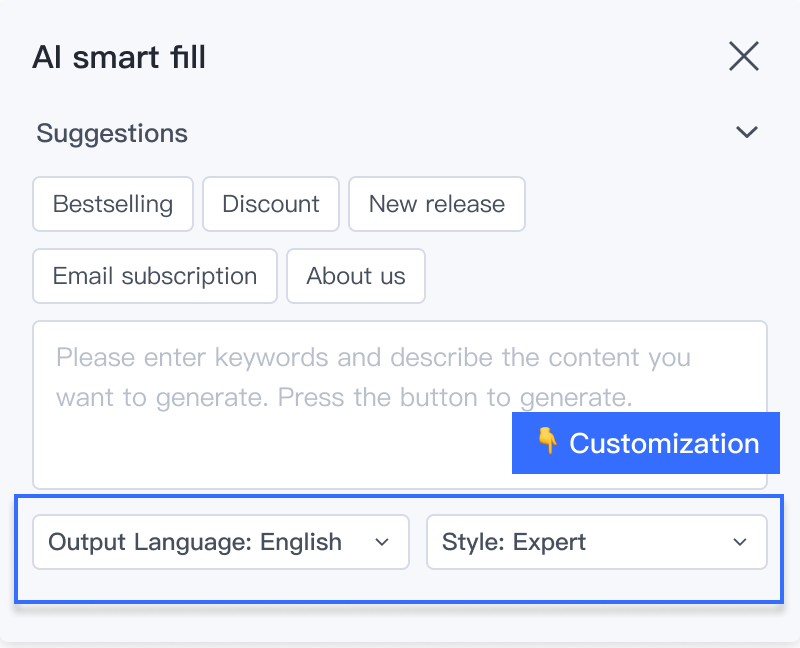
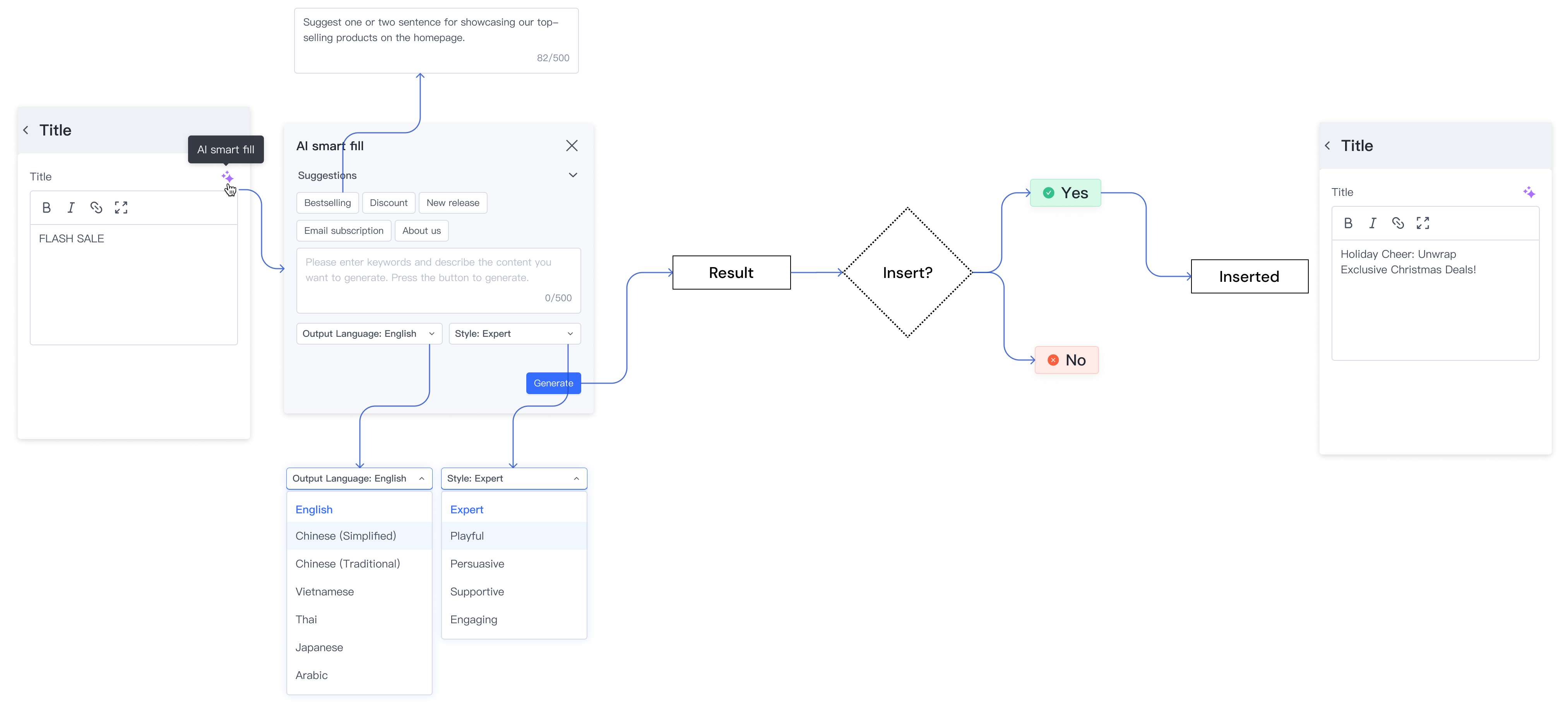
Make AI easier to use
To make AI easier to understand for users who may not be familiar with it, I added a help icon (?) next to the feature name. This provides quick access to explanations, so users can feel more confident exploring AI without being overwhelmed.

In addition, I labeled the feature as Beta to set expectations, and included a monthly usage counter to clearly communicate limits and give users a sense of control.
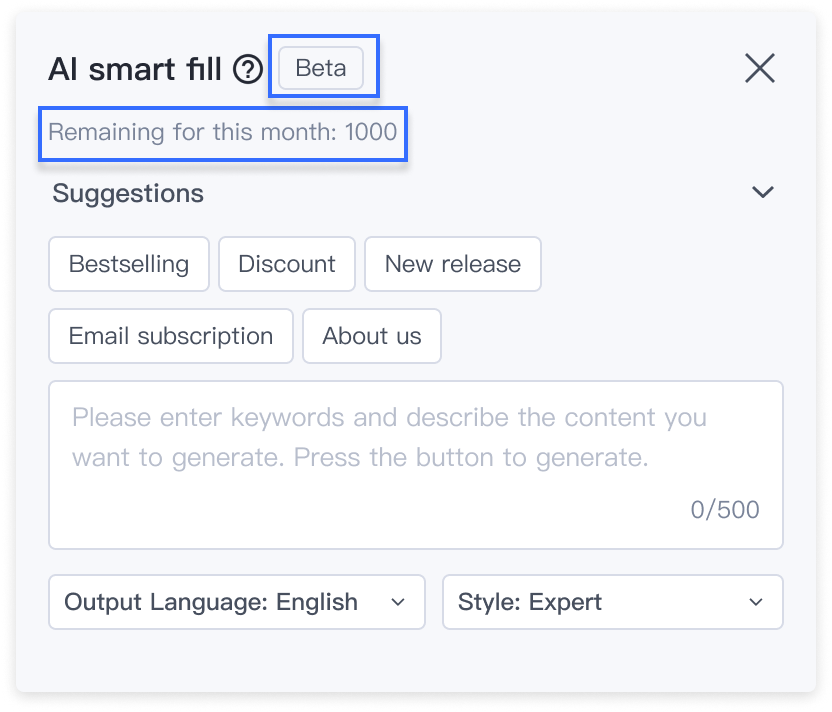
Default generation design exploration
Iteration
Version 1

Considerations:
- How can we limit the number of options in the dropdown to avoid overwhelming users?
- How to priority the essential options and might be consider having less frequently used ones?
Version 2

Considerations:
- How tbalance the users need for additional interaction with the desire for a straightforward experiences
Version 3

Considerations:
- How can we balance the need for displaying "more" options with maintaining a clean layout?
Version 4

Considerations:
- How to display all the text with clear information after users click ">" ?
✅ Final decision - Version 4
After comparing and iterating, I meet with PM and senior UX designer, and we all agreed with that integrating suggestion buttons 2.0 inside the text box enhances the user experience by providing efficiency, clarity, and context which align with the project goals. And to address the concern, I designed when users click the suggestion navigation, it reveals the previously hidden buttons in full view.
Re-generation design exploration
Iteration
Version 1

Considerations:
How to balance the users need for additional interaction with the desire for a straightforward experiences
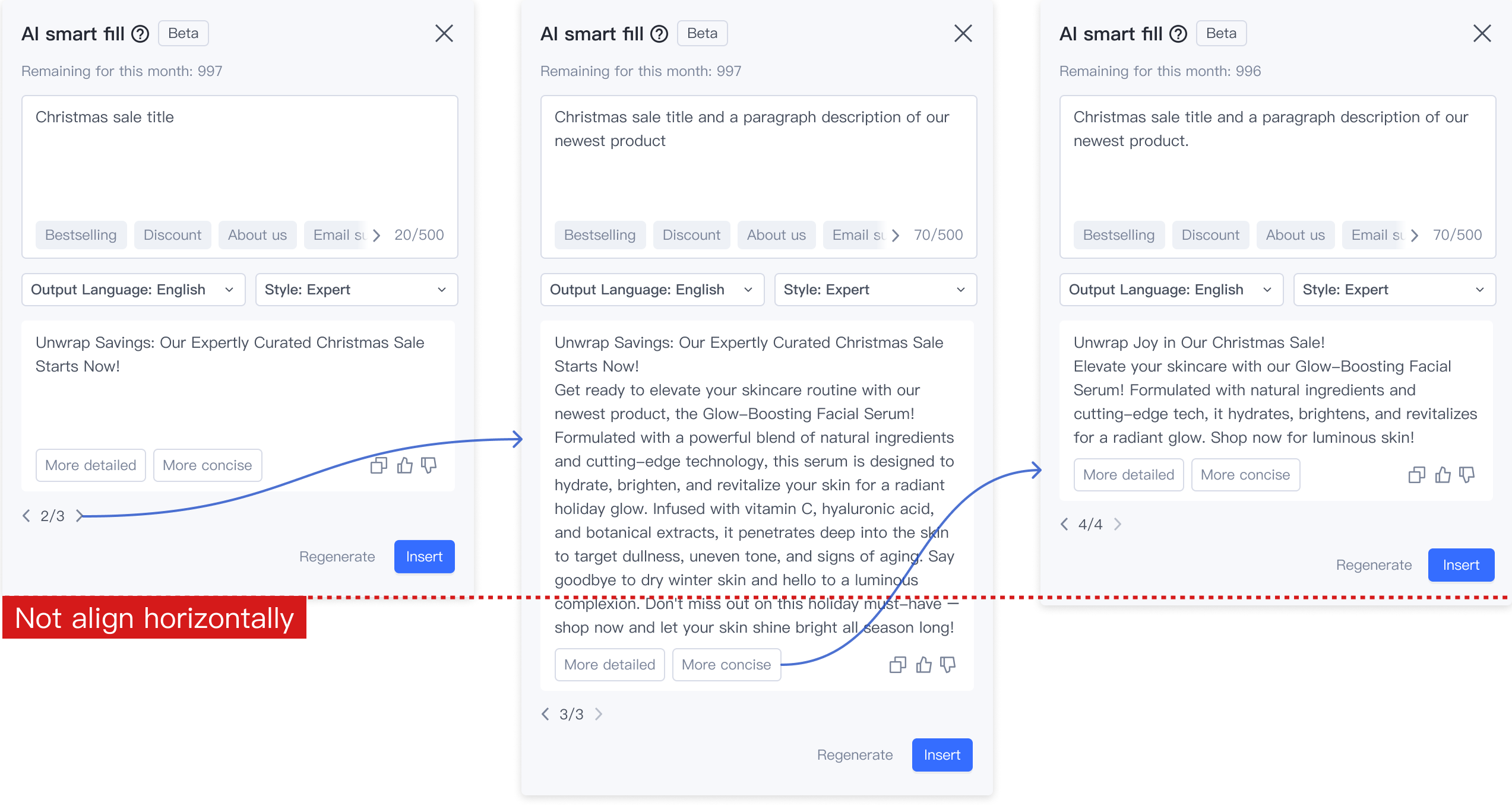
Version 2

Considerations:
List can take up considerable screen space when the many long generated results.

Version 3

Considerations:
Will users frequently need to generate long titles or descriptions?
✅ Final decision - Version 3
After comparing and iterating, I meet with PM and senior UX designer, and we all agreed with that integrating suggestion buttons 2.0 inside the text box enhances the user experience by providing efficiency, clarity, and context which align with the project goals. And to address the concern, I designed when users click the suggestion navigation, it reveals the previously hidden buttons in full view.
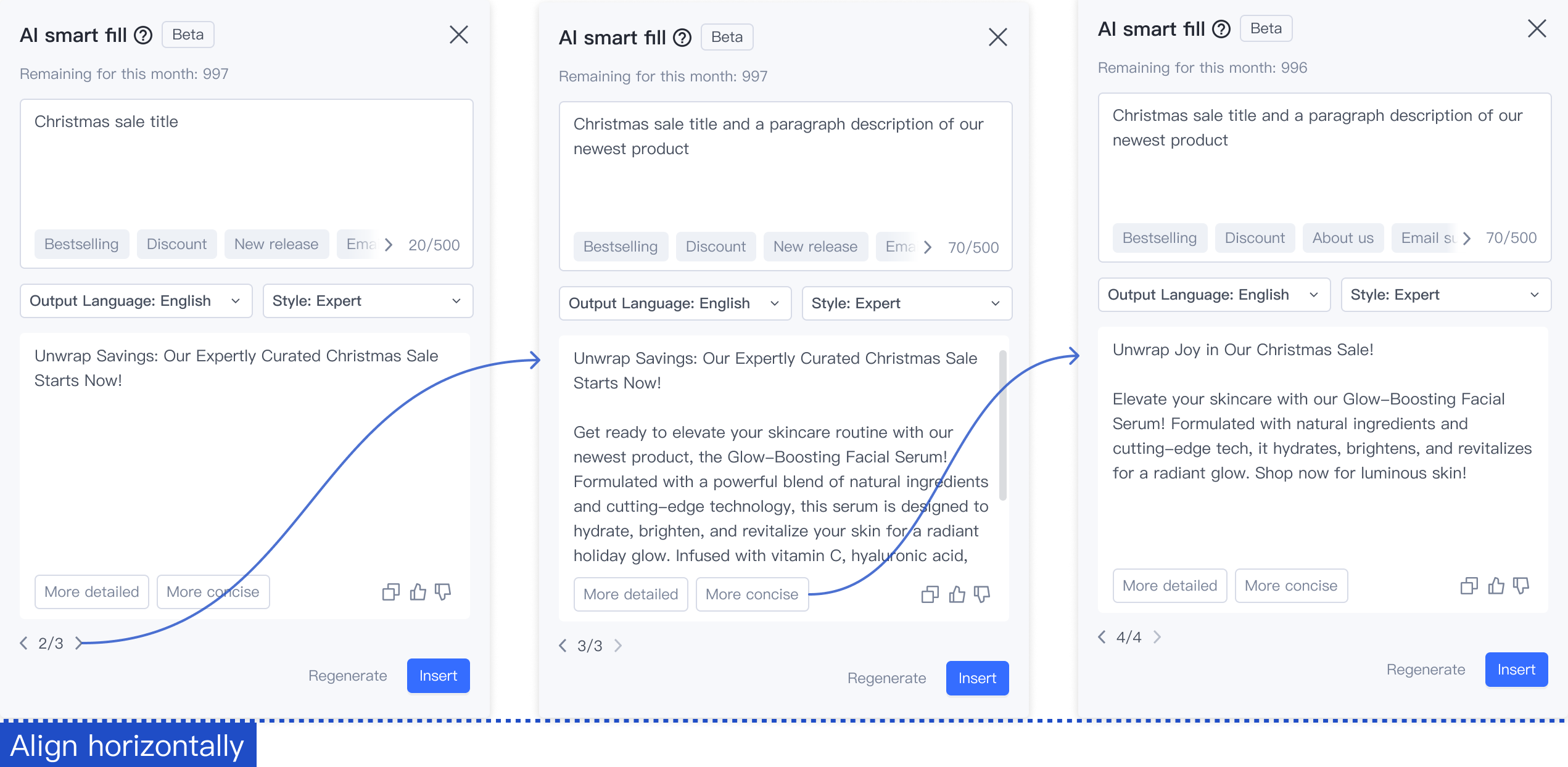
Epilogue and reflection
1. Learned effective cross-functional team communication.
2. Mastered balancing user needs with technical constraints.
3. Developed attention to edge cases and interface details.



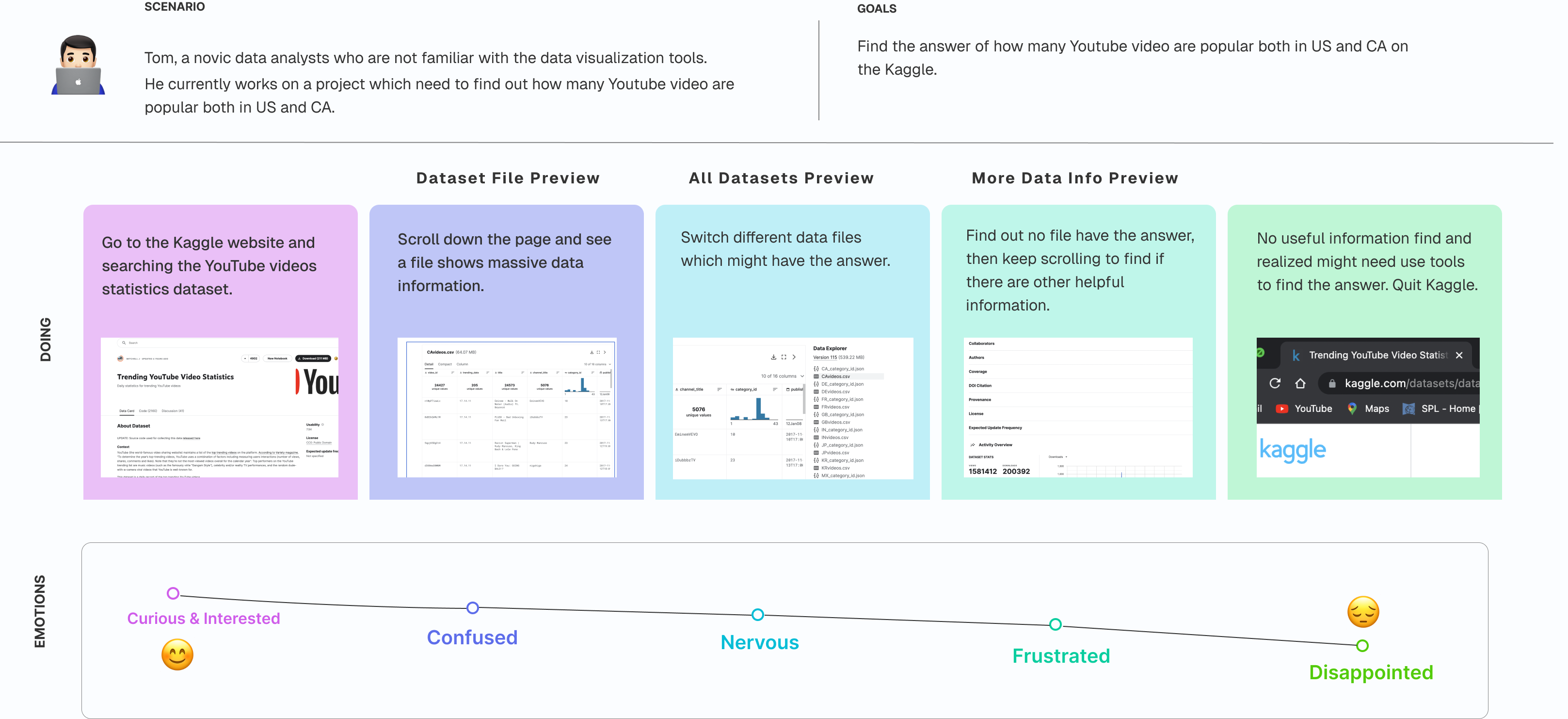










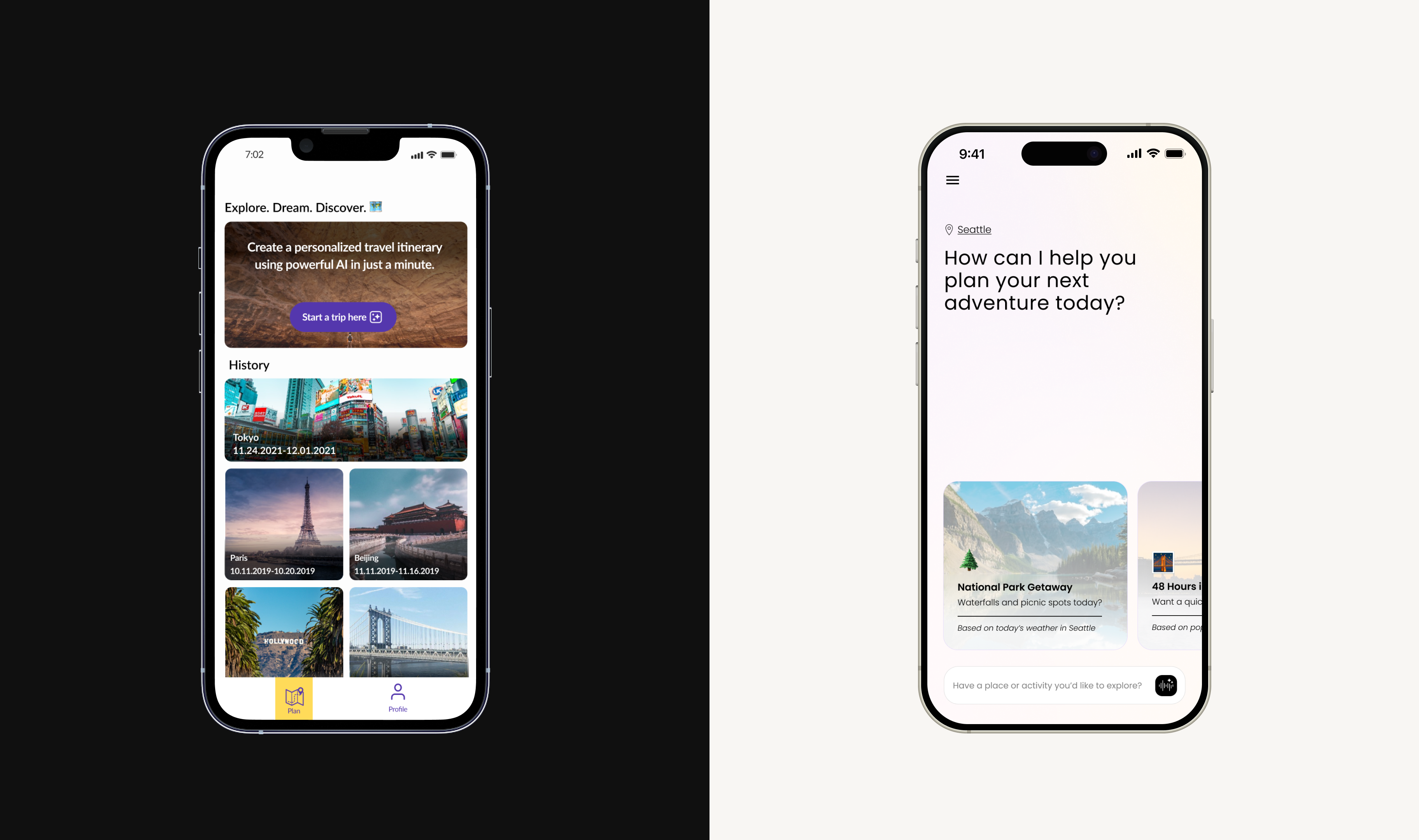
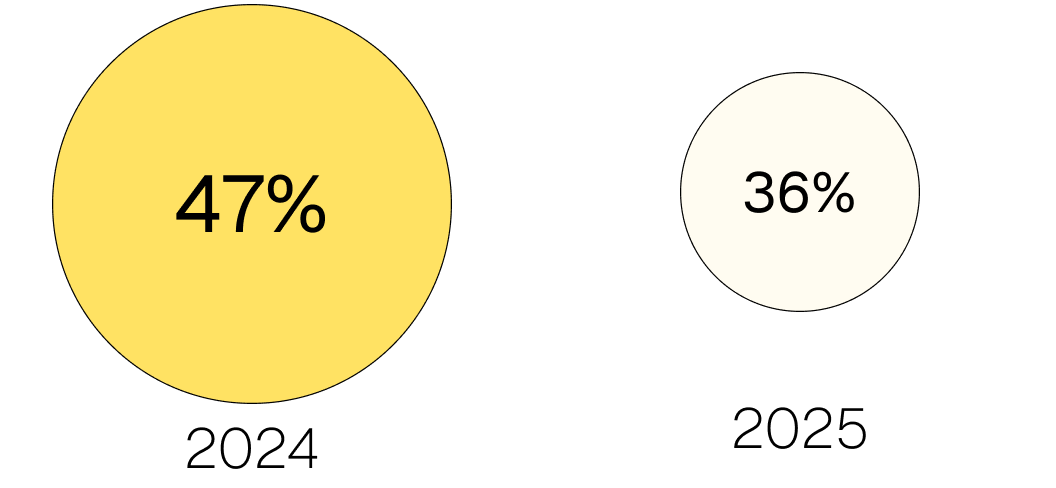
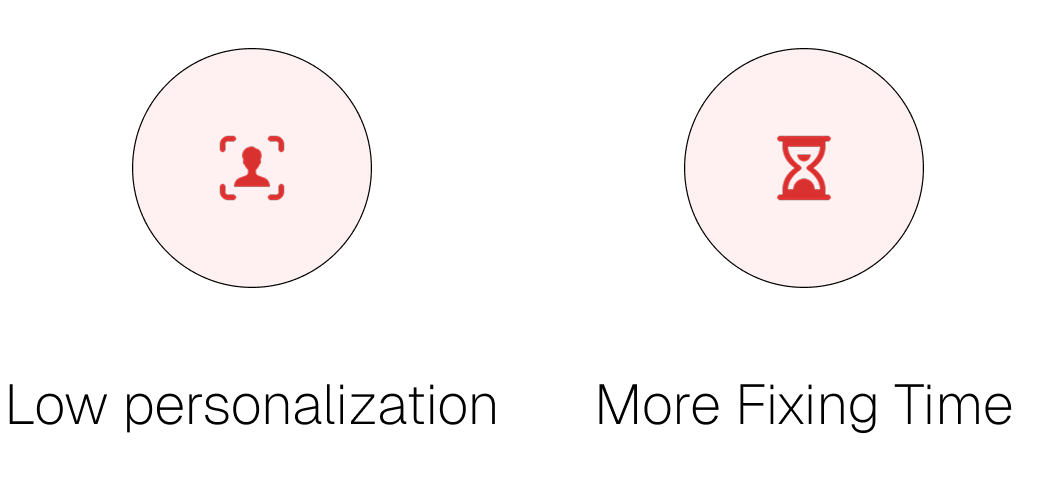
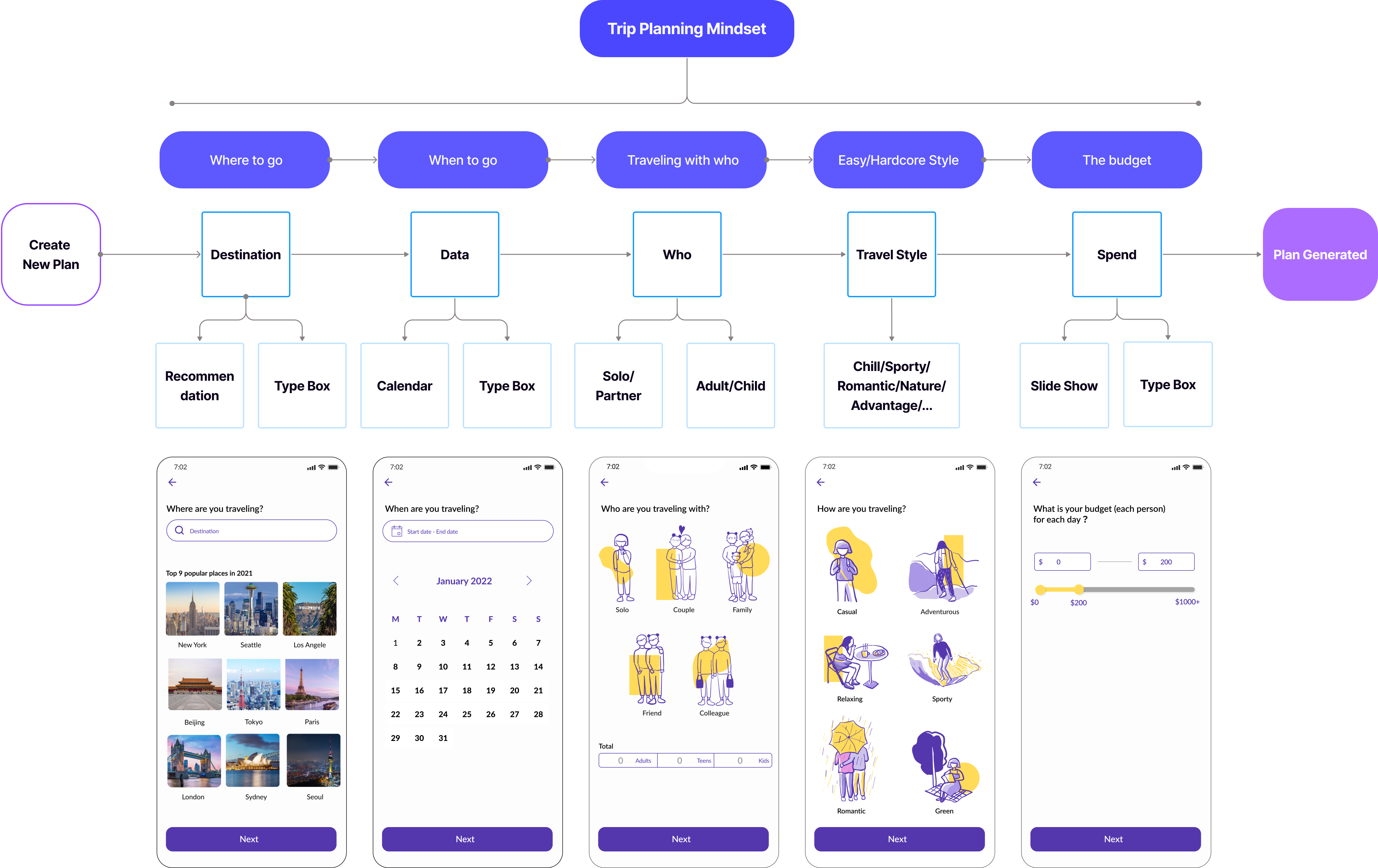
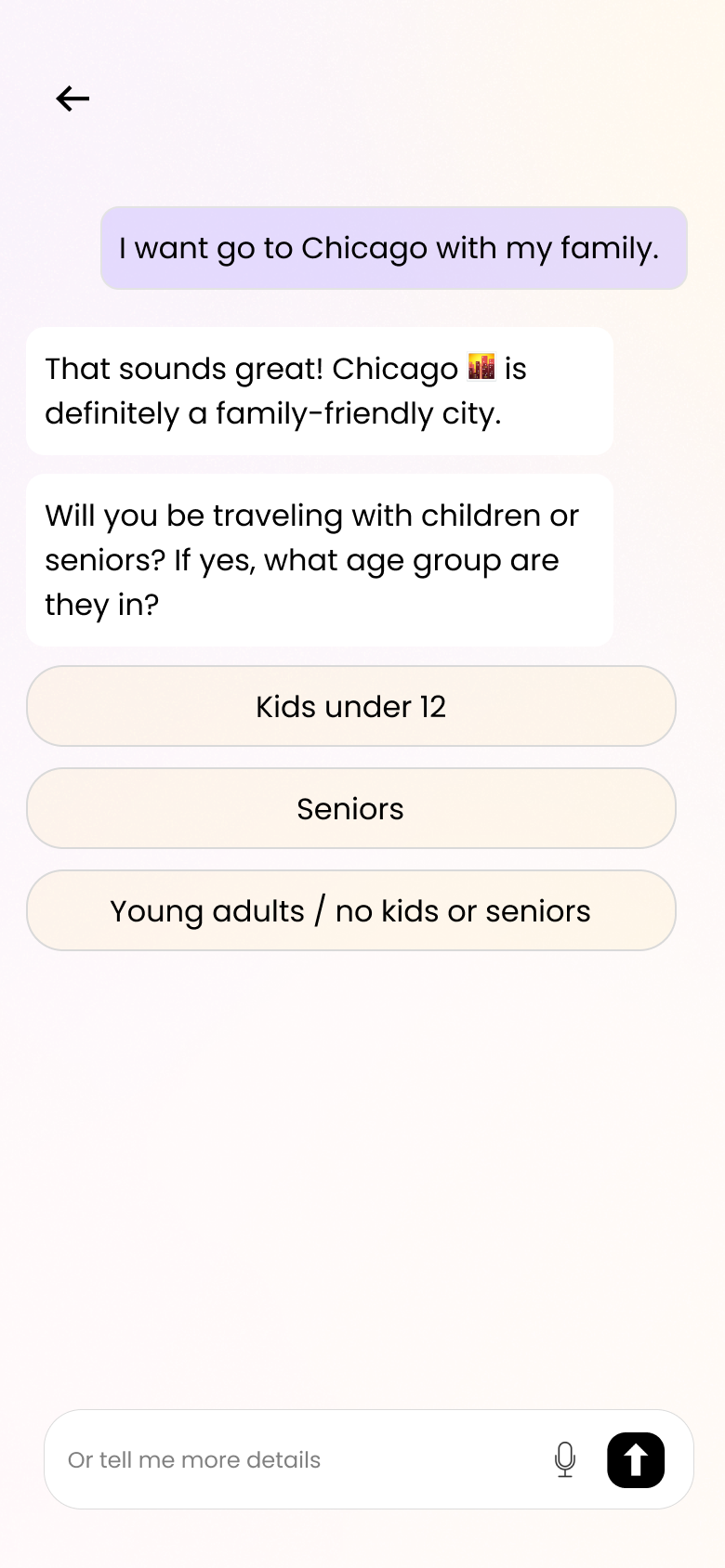
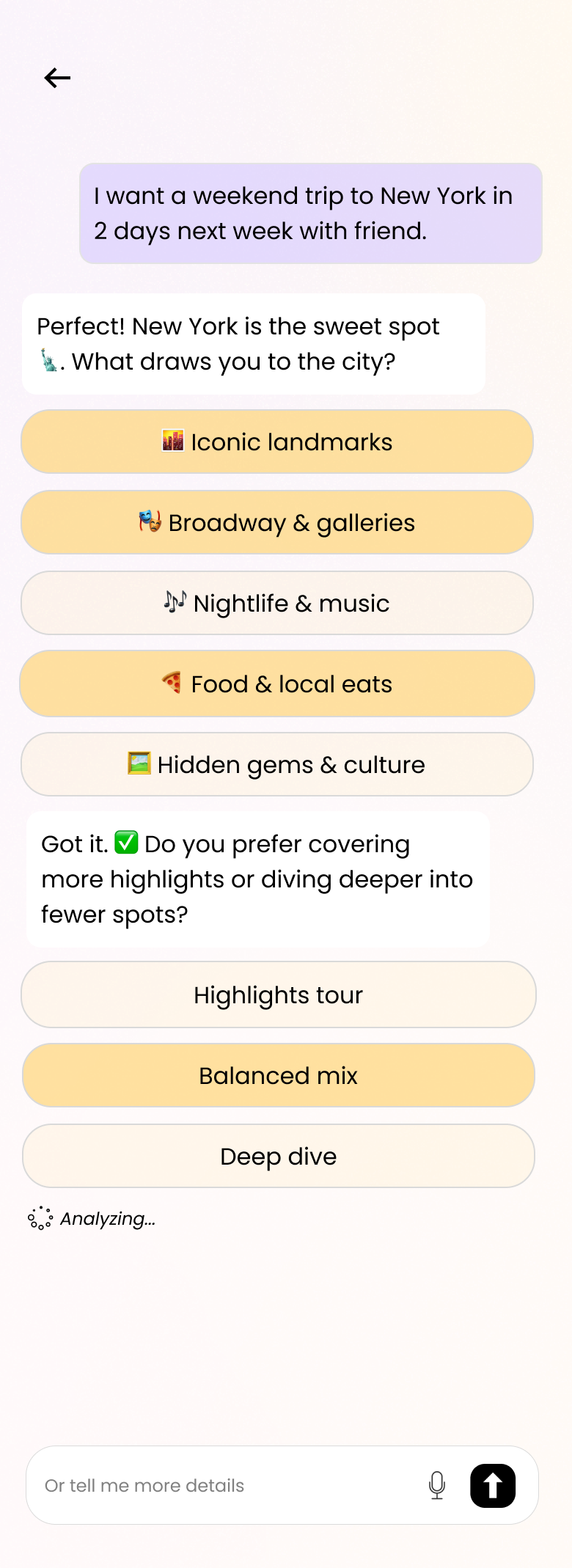
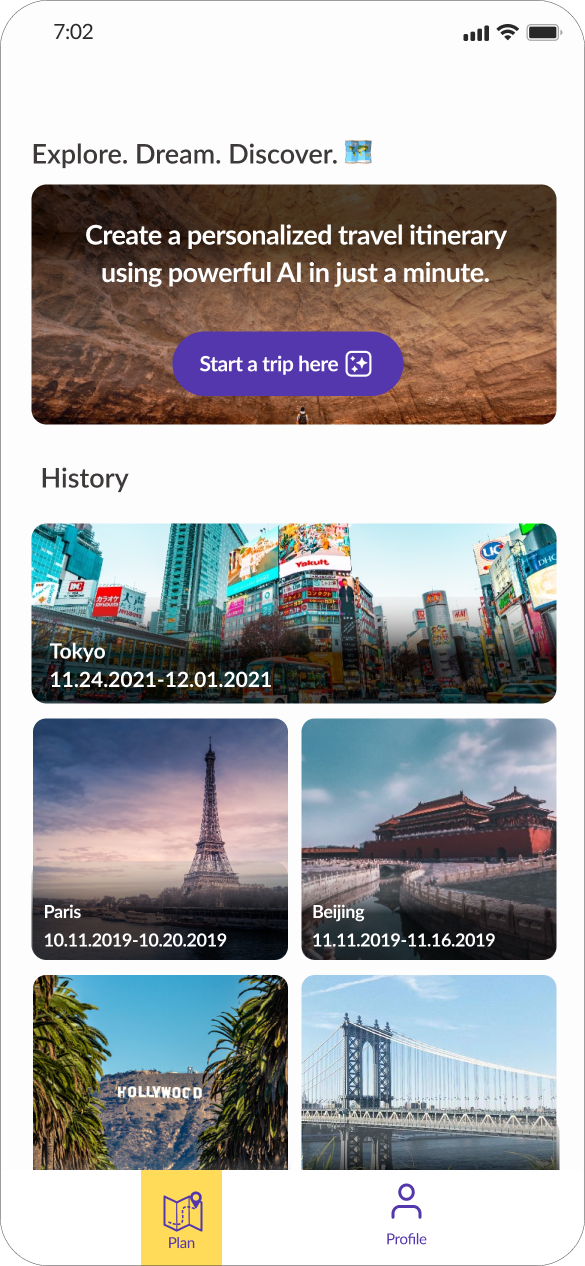
.png)
.png)
